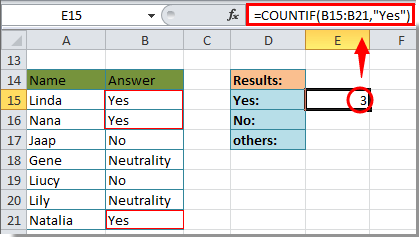OPR is an acronym for OnPage Rank and represents the strength of a page within the web architecture.
General information
Search engines evaluate individual pages on a domain using many different factors. There are more than 200 Google criteria based on your own statements. One of them is PageRank, an internal value of Google, which is based on the number and quality of external references for the evaluation of sites.
This value has been supplemented by quite a few other ranking factors that are time and again the subject of lively debate in search engine optimization. Various analysis functions are supposed to provide clarity and give web operators an insight with which to examine their individual web pages or main pages. The OnPage Ranking is one of those important values that highlight the performance of a website and is evaluated using various KPIs. Subpages are the focus of the OnPage Ranking and can be optimized according to the internal ranking.
Importance for SEO
The main page of a website is not always the page that is most clicked, whether in organic search or paid search or within the architecture of the web portal. Certain subpages can serve as landing pages, especially when it consists of the major categories that make up the bulk of the portfolio. The internal link structure it is an important factor because it is the way in which certain pages are selected to be referred. At the same time, the flow of link juice is controlled.
Internal links must always be designed in such a way that they serve the user and allow perfect navigation. At the same time, you don't want to hinder the flow of link juice that also applies to [[Crawler | crawlers] from search engines. Depending on where you are today in the information architecture, the relevant pages should be accessible. In other words, pages that are on the subject or that are useful in terms of where you are today.
The Onpage ranking determines the strength of a web portal of this type, among other things, taking into account the internal links. In this way, other ways and means can be used to increase this value within the structure effectively. In organic search, sitelinks, rich snippets and other micro awards can ensure that a subpage is stronger, that is, that it is access more often. Nor should general distinctions with title tags, URLs, and metadata be neglected.
In paid searches, the click-through rate can be increased by using ads for subpages or special keywords. Landing pages that refer to subpages are equally suitable for a web portal of this type. And of course, many other factors such as good content and SEO-friendly distinctions or keyword frequency in terms of your own and other websites (see TF * IDF) play an important role. When subpages get external links, they are open up many more opportunities. The OnPage Rank or OPR can help you identify subpages that have optimization potential.





